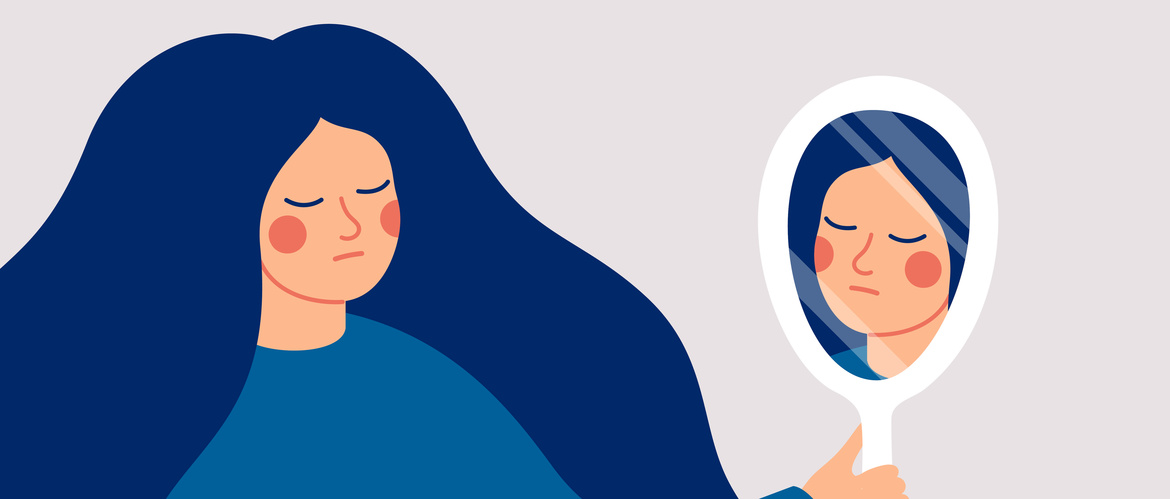
Choose a channel
Check out the different Progress in Mind content channels.

Progress in Mind

Personal identity, consciousness, and how we experience as anxiety the physiological arousal and behaviors caused by threat were discussed by Joseph LeDoux, a keynote speaker at ECNP 2020 Virtual.
Our sense of personal identity – our belief in the continuity of our experience, seamlessly weaving together past, present and future -- is based a series of narratives which we tell ourselves and through which we make sense of what happens. That was how Joseph LeDoux (Emotional Brain Institute, New York University, USA) began his “campfire” talk.
Lessons from the divided self
Conscious experiences arise from non-conscious processes in the brain
His starting point in thinking about consciousness was studies he and Mike Gazzaniga conducted in the 1970s with the help of “split-brain patients”, people whose corpus callosum had been surgically divided in an attempt to control epilepsy.1
Using images presented to half of the visual field, LeDoux and Gazzaniga found they could induce the non-verbal right hemisphere to initiate behaviors which it could not, of course, explain. But the verbal left hemisphere, which had not initiated the behaviors and was ignorant of why they had arisen, nevertheless “knew” -- and could tell the investigators exactly why they had come about.
The left hemisphere was simply inventing plausible (but untrue) stories to make sense of what had happened to the self of which it was part.
The left hemisphere had no problem inventing explanations for behavior it had not initiated
Ever since, LeDoux has believed that our idea of who we are is a story we tell ourselves and others, and that our behavior – some of which arises from non-conscious systems -- is an important contributor to that story.
Danger is universal, fear is not
An intriguing aspect of our emotional lives is that much of its content is culturally rather than biologically determined. Thus, while danger is a phenomenon that affects all humanity, indeed all forms of sentient life, fear is highly variable.
Subsequent work on how brains perceive and react to threat, much conducted with rodents, led Professor LeDoux to wonder how behaviors generated non-consciously in response to danger relate to our experience of emotions such as fear.
This developed into the distinction he and Daniel Pine drew between two systems of brain circuitry relating to threat: one that operates largely non-consciously and underlies behavioral responses and physiological changes; and another that mediates conscious feelings (and self reports) of fear and anxiety.2 The content of the latter is filled in cognitively.
People seek treatment because of subjective experiences
Although the systems interact, the first involves primarily subcortical regions, notably the amygdala, and the second involves mostly cortical areas. The experience of fear does not come out of the amygdala: subjective experience, behavior and physiological arousal are different though related things, Professor LeDoux said.
Of the three, the subjective experience is what brings a person to treatment and determines whether they are satisfied with what it provides. But it may be the amygdala that has turned up the volume; and it is what we sometimes need to tame – which can be done pharmacologically. And then talking therapy can help us cope.
Our correspondent’s highlights from the symposium are meant as a fair representation of the scientific content presented. The views and opinions expressed on this page do not necessarily reflect those of Lundbeck.
1. LeDoux J. Current Biology 2020;3:R191–R214, March 9, 2020
2. LeDoux J, Pine D. Am J Psychiatry 2016;173:1083-1093